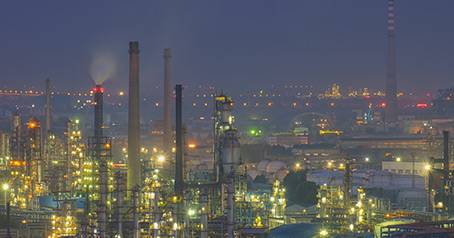Nov . 06, 2024 11:29 Back to list
Understanding the Benefits and Applications of PVC-O Pipes in Modern Infrastructure
Understanding PVC-O Pipe An Innovative Solution for Efficient Water Management
Polyvinyl Chloride Orientated (PVC-O) pipes have emerged as a revolutionary solution in the field of water management and infrastructure. These pipes are known for their superior strength, flexibility, and resistance to various environmental factors, making them an ideal choice for numerous applications, particularly in water distribution systems and wastewater management.
What is PVC-O Pipe?
PVC-O pipe is a type of oriented polyvinyl chloride pipe, produced through a unique manufacturing process that orients the molecular structure of the PVC material. This orientation significantly enhances the physical properties of the material, resulting in a pipe that is lighter, stronger, and more resilient than traditional PVC pipes. The orientation process involves stretching the pipe in both axial and circumferential directions, which aligns the polymer molecules and leads to improved performance characteristics.
Key Advantages of PVC-O Pipes
1. Strength and Durability One of the primary benefits of PVC-O pipes is their exceptional strength-to-weight ratio. These pipes can withstand high internal pressures, making them suitable for applications that require reliable and durable solutions. Additionally, their resistance to impact and environmental stressors ensures a long service life, thereby reducing the need for frequent replacements.
2. Lightweight and Easy to Handle PVC-O pipes are considerably lighter than many other types of pipes, such as ductile iron or concrete. This lightweight nature makes them easier to transport, handle, and install, leading to reduced labor costs and improved efficiency during installation processes. The ability to work with these pipes without heavy machinery further enhances their appeal in various construction projects.
pvc-o pipe

3. Corrosion Resistance Unlike metal pipes that are prone to rust and corrosion, PVC-O pipes do not corrode. This characteristic not only prolongs the lifespan of the pipes but also ensures that the water quality is maintained, making them a safe option for drinking water applications. The material’s resistance to chemicals also makes it suitable for use in a variety of environments, including aggressive soils and industrial settings.
4. Eco-Friendly Option Sustainability is a pressing concern in today’s world, and PVC-O pipes contribute positively to environmental stewardship. They are recyclable, and their energy-efficient production process results in lower carbon emissions compared to traditional pipe materials. Furthermore, their longevity helps in minimizing waste generation over time, supporting the principles of sustainable development.
5. Reduced Maintenance Costs With their superior durability and resistance to various factors, PVC-O pipes typically require less maintenance than other piping materials. This reduction in maintenance not only leads to cost savings over time but also ensures that water services remain reliable and uninterrupted.
Applications of PVC-O Pipes
The versatility of PVC-O pipes allows them to be used in a wide range of applications. They are commonly employed in municipal water supply systems, irrigation projects, and sewage and drainage systems. Their ability to handle fluctuating pressures makes them suitable for both gravity and pressurized applications. Additionally, they are gaining traction in industrial applications due to their resistance to harsh chemicals and environments.
Conclusion
In summary, PVC-O pipes represent a significant advance in piping technology, offering numerous advantages over traditional materials. Their strength, lightweight nature, corrosion resistance, and environmental benefits make them an excellent choice for water management and infrastructure development projects. As communities strive for sustainable and efficient water solutions, PVC-O pipes are well-positioned to play a crucial role in meeting these demands, ensuring a reliable supply of water for future generations while minimizing environmental impact.
-
High-Quality PPR Pipes and Fittings Durable ERA PPR & PVC PPR Solutions
NewsJul.08,2025
-
Black HDPE Cutting Board - Durable, Non-Porous & Food Safe HDPE Plastic Cutting Board
NewsJul.08,2025
-
High-Quality CPVC Panel Durable HDPE & PVC Panels Supplier
NewsJul.08,2025
-
Double PE Welding Rod Supplier - High Strength, Durable & Versatile Welding Solutions
NewsJul.07,2025
-
High-Quality PVC-O Pipe Supplier Durable 75mm PVC Pipe & Connections Leading PVC Pipe Company
NewsJul.07,2025
-
HDPE Drainage Pipe Supplier – Durable & Corrosion-Resistant Solutions
NewsJul.06,2025

